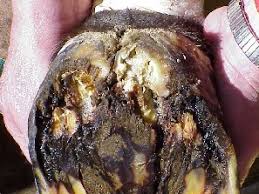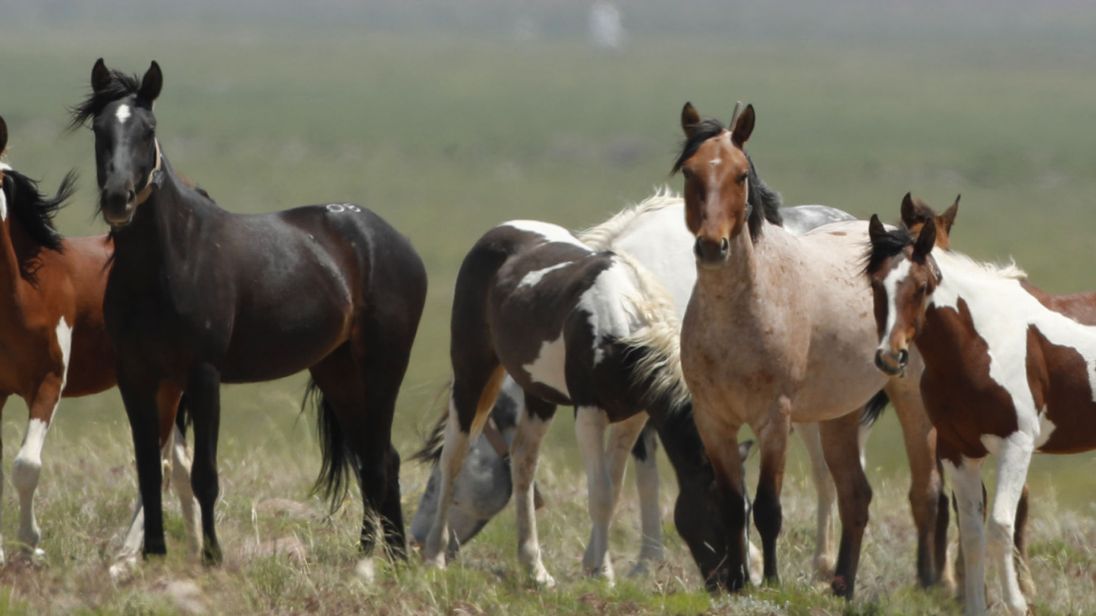7 Horse Breeds With A Purpose
Don’t get me wrong. All horses have a purpose but here I’ve listed 7 of the most popular breeds and their purpose. Some breeds are better suited for a specific purpose but in general most horses can do about anything if they are properly trained for it. That’s not to say I would want to…
Read article






